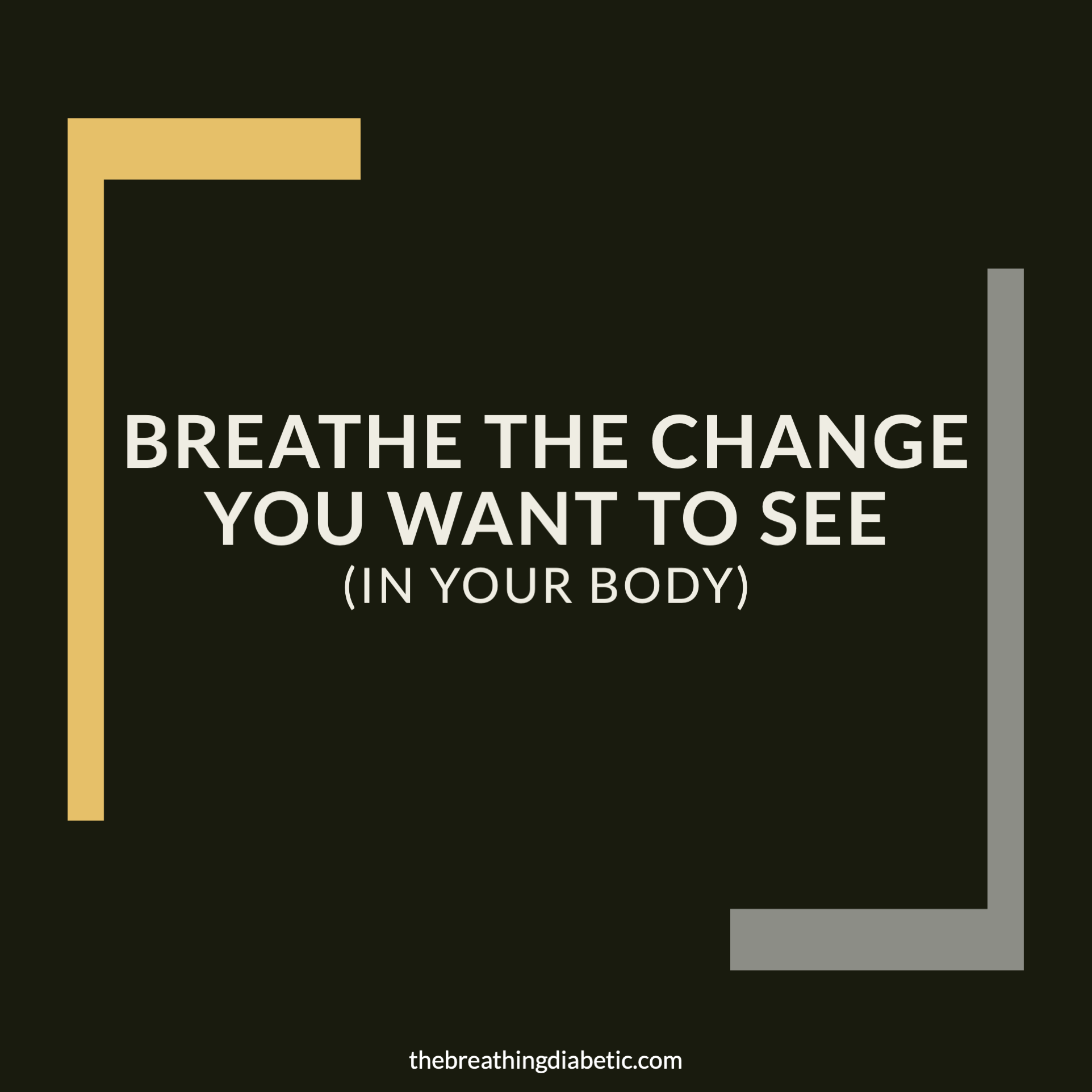🎧 Listen Instead of Reading 🎧
If you enjoy listening, you can subscribe to the audio version on Spotify, Apple Podcasts, and Audible so you don’t even have to look at the email 😊
4 Thoughts
1. The 3 P’s of Breathing
Physiology: The impact breathing has on your body.
Psychology: The impact breathing has on your mind and emotions.
Philosophy: The impact breathing has on how you live your life.
***
P.S. You can’t have any one P without the others : )
2. A Revolutionary Finding: The Two-Way Street of Breathing and Emotions
“Lo and behold, the participants started to feel the emotions that corresponded to the breathing patterns. In other words, when they took deep, slow breaths, the participants felt calm. And when they took rapid, shallow breaths, they felt anxious or angry. The finding that we can change how we feel by using our breath is revolutionary.” * (my emphasis)
- Emma Seppälä, Ph.D., The Happiness Track
We know that how we feel affects our breathing. However, research tells us it’s a two-way street: We can change our breathing to change how we feel.
Quite revolutionary, indeed.
***
P.S. This falls into the the 1st and 2nd “Ps” above. And if you apply it regularly, then the 3rd one as well : )
3. Wim Hof vs. Wim Hof: Which of His Components is Most Important?
A 2020 study that’s still in preprints (so it hasn’t undergone peer review yet) shed light on the individual components of the Wim Hof Method (WHM).
Here’s what they did:
One group practiced the breathing only.
One group practiced cold exposure only.
One group practiced cold and breathing.
One group was trained by Wim Hof.
One group was trained by a researcher.
Then, all the groups were injected with endotoxin, like the first WHM study.
Here are a few of the key findings:
Breathing by itself reduced inflammation significantly, but did not reduce flu-like symptoms.
Cold by itself reduced flu-like symptoms, but did not reduce inflammation. (This doesn’t mean cold exposure doesn’t reduce inflammation in general. It just means it didn’t lessen the acute ramp-up of inflammation brought on by the endotoxin.)
The combination of cold and breathing reduced inflammation even more. (So, cold exposure wasn’t helpful on its own for inflammation, but added a boost when combined with the breathing.)
The results were the same whether Wim trained them or not (this was most surprising to me).
As a breathing nerd, this paper was super satisfying to read.
But remember it’s still in preprints, so it could turn out there was a major flaw or bad data or something. But, still fun to geek out on nonetheless : )
4. Breathing Like Journalists: Slow Breathing for Everyday Life
“I call this approach, in which you fit deep work wherever you can into your schedule, the journalist philosophy. This name is a nod to the fact that journalists…are trained to shift into a writing mode on a moment’s notice”
- Cal Newport, Deep Work
Let’s adopt this journalist philosophy to our slow deep breathing practice, fitting it into our schedules wherever we can. This will allow us to flip the switch on our physiological and emotional state anytime, anywhere (see thoughts 1 & 2).
Here’s to becoming breathing journalists, today : )
Bonus Thought: Join a Breathing Experiment
My good breathing friend AJ Fisher is looking for participants for a breathing and exercise experiment. Essentially, you get her 8-week Breathography Course for free in exchange for some pulse oximeter measurements (that’s it!).
If you’re interested, you can learn more and sign up here:
Learn More about the Experiment
And, you can learn more about AJ and the amazing things she does here:
1 QUOTE
“There is a force within that gives you life. Seek that.”
- Rumi
1 ANSWER
Category: Designed for Breathing
Answer: Paradoxically, the narrower passages of the nose reduce this during sleep.
…
(Cue the Jeopardy! music.)
…
Question: What is upper airway resistance?
In good breath,
Nick Heath, T1D, PhD
“Breathing is the compound interest of health & wellness.”
P.S. Me for the next 3 months:
P.P.S. ☝️My wife will attest that this is actually quite accurate for me…
* An asterisk by a quote indicates that I listened to this book on Audible. Therefore, the quotation might not be correct, but is my best attempt at reproducing the punctuation based on the narrator’s pace, tone, and pauses.
Sign Up For The Breathing 411
Each Monday, I curate and synthesize information from scientific journals, books, articles, and podcasts to share 4 thoughts, 1 quote, and 1 answer (like "Jeopardy!") related to breathing. It’s a fun way to learn something new each week.



